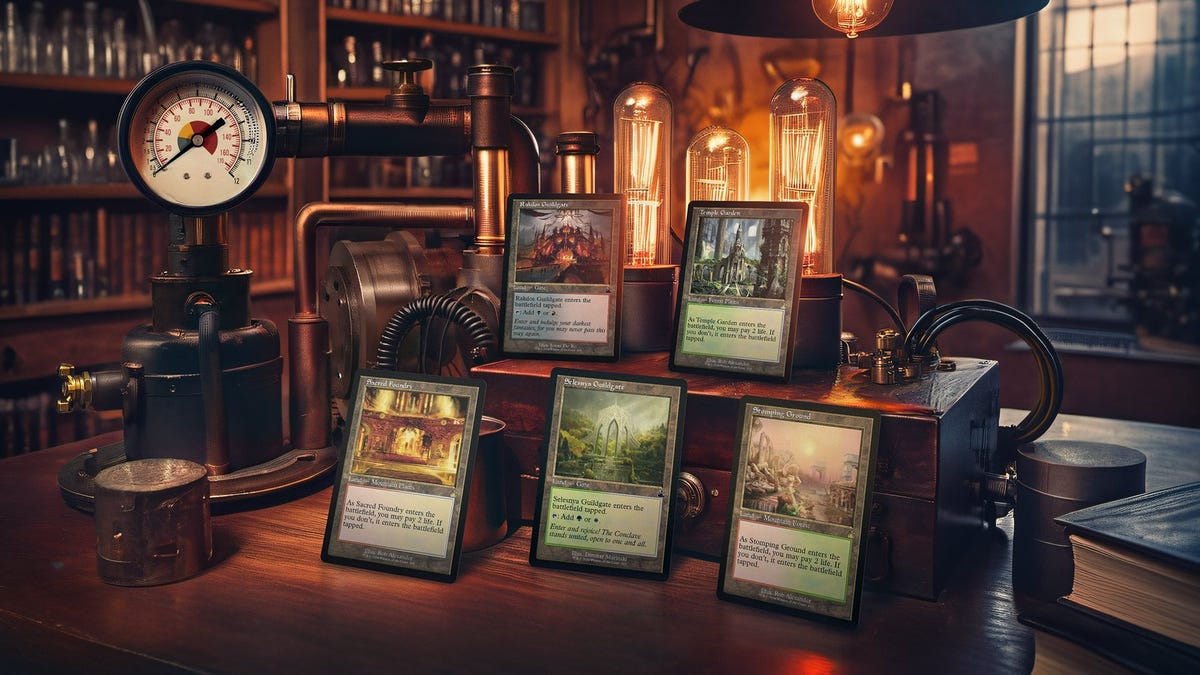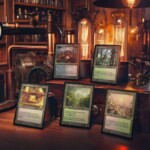Wizards of the Coast faced backlash from artists and the Magic community recently for sharing retro-themed card images from the upcoming Ravnica Remixed set. These images featured cards set in a whimsical library backdrop. However, viewers quickly noticed anomalies in the backgrounds, resembling AI-generated art with elements like tangled wires, peculiar filaments in light bulbs, and distorted features on magical machinery components.
Despite initial claims that the art was human-made, it was later revealed that AI actually generated the paintings. Wizards of the Coast retracted their original statements and acknowledged the AI involvement, attributing the mishap to an external marketing team. They emphasized the importance of preserving human creativity in Magic: The Gathering products and pledged to restrict the use of AI tools in future artwork.
The incident sparked discussions on the role of AI in creative processes, with calls for transparency and a preference for human artistry. The company’s decision to cease AI-enhanced artwork production for Dungeons & Dragons following a similar controversy involving artist Ilya Shkipin further underscored their commitment to traditional artistic methods.
The fallout from this controversy included artist Dave Rapoza publicly cutting ties with Wizards of the Coast, expressing disappointment in their handling of the situation. Despite apologies from Wizards, Rapoza stood firm in his decision to disassociate himself from the company, citing the importance of integrity and attention to detail in artistic collaborations.
As the community awaits further developments, Rapoza’s stance highlights the ongoing debate surrounding the use of AI in creative industries and the need to uphold artistic standards amidst technological advancements.






